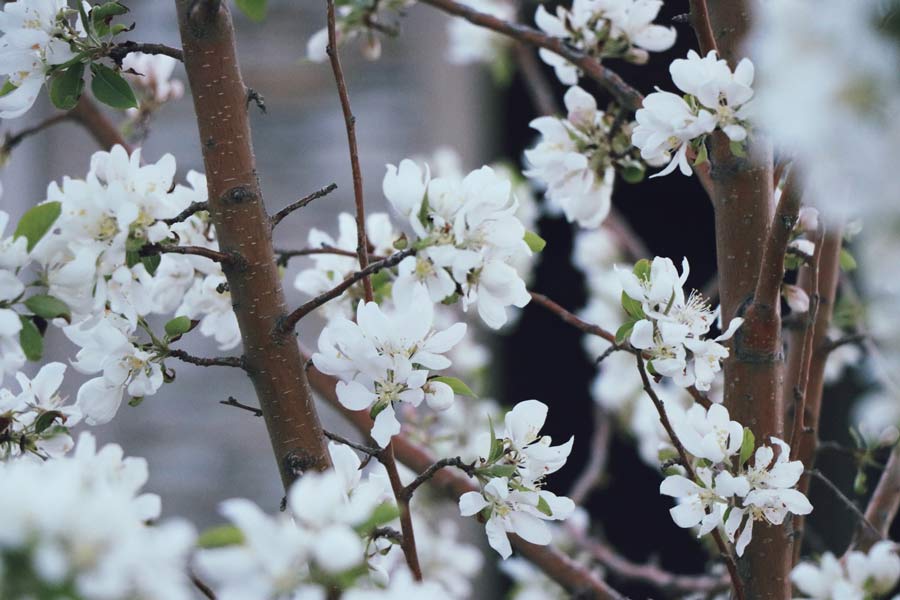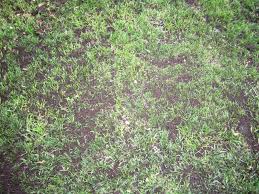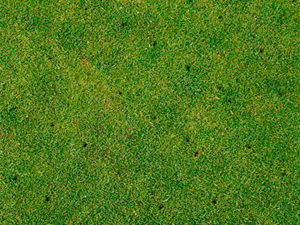
How do I prune trees and shrubs in NC?
When should you prune in NC?
The best time to prune your trees and shrubs in North Carolina depends on what time of the year the plant blooms. Ask yourself: Does the plant bloom in spring or does it bloom in summer?
If the tree or shrub blooms in spring, then it is flowering on old wood and you can prune right after flowering is complete. This allows the plant to generate new growth and buds over the summer in preparation for next year.
If it blooms in the summer, then it is flowering on new wood (like crape myrtles) and you should prune during the dormant season (late winter) or in the early spring before new growth appears.
Flowering times are good general guidelines for most plants, but there are some exceptions. If there is a branch that needs removed because it is causing an issue – then it can be cut out as necessary. Dead limbs and branches can be pruned out anytime to clean up the tree’s appearance. Avoid pruning plants in late fall, since that can trigger new growth which will not have time to harden off before frosts come.
How should I prune trees and shrubs in NC?
When pruning trees and shrubs you first need to take a close look at your plant. Take a look at which direction the dormant buds are pointing. The dormant buds will sprout new branches which will grow in the direction that they are pointing. Prune above the bud in the direction of where you want the new branch to grow.
The shape of the plant can be easily controlled with careful, well placed cuts. It is also beneficial to direct the plant growth toward the outside canopy of the plant.
While pruning, be sure to move several steps away from the tree to observe how the tree is shaped and to observe the big picture effect of your work. What’s this means is to make a few trims and take in your work, determine if you are being equal and symmetrical with your trimming.
Always try to make angled cuts that slant away from the plant. A flat cut will allow moisture to sit on top of the branch, which can cause fungal diseases as well as cause rotting.
If you have branches that cross and rub against each other – remove one or both as necessary to prevent bark damage and possible pathogens. Never remove more than 1/3 of a tree or shrub at one time; Cutting back too much growth all at once can cause serious issues for the plant.
What do I do about dead or diseased limbs?
Cut back the diseased limbs several inches into healthy tissue to be sure that all the diseased tissue has been removed, then dispose of the diseased wood.
After you finish pruning for the day, clean your tools before putting them away so that they will be ready to go for next time! It is very easy for plant diseases to spread from one plant to another – so take care when pruning plants that are infected.
Pruning trees and shrubs incorrectly is rarely fatal for a plant and isn’t something the homeowner should fear. Keep these simple pruning guidelines in mind and your plants will grow strong for many years to come! Of course in the event that you need a major removal of brush, trees, or shrubs Turf Works is happy to help! We also plant new shrubs, and small to medium trees!




